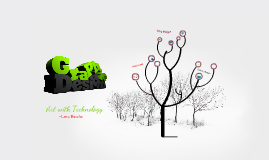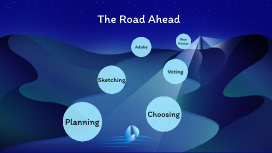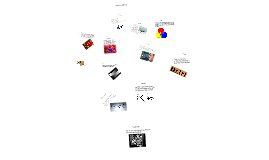Sales Presentation Template
Transcript: Identifying Target Market Identify the specific demographics, behaviors, and preferences of your target market. Utilize tools such as surveys, market research, and customer segmentation to gain insights into potential customers and refine your approach accordingly. Introduction to Sales Presentations Importance of Sales Presentations Sales presentations are critical tools for conveying value, engaging potential clients, and closing deals. They provide a structured platform for sales professionals to communicate effectively and influence decision-making. Sales presentations play a crucial role in converting prospects into customers. They enable sales professionals to showcase products or services clearly, address client pain points, and differentiate from competitors. A well-crafted presentation can significantly increase the chances of closing a sale. Analyzing Audience Needs Understanding Your Audience Analyze your audience by gathering data on their pain points, desires, and purchasing habits. Conduct interviews, online polls, and review feedback to identify what resonates with them to strengthen your sales message. Understanding your audience is crucial for tailoring sales presentations effectively. Identifying who they are enables you to address their needs and preferences, ensuring impactful engagement during your pitch. Key Elements to Include Objectives of Effective Sales Presentations Tailoring Your Message Key elements of a successful sales presentation comprise an engaging introduction, a clear value proposition, relevant data or testimonials, and a compelling call to action. Each component strengthens the overall message and enhances the likelihood of securing a sale. The main objectives of effective sales presentations include informing, persuading, and motivating the audience. By clearly presenting value propositions and addressing objections, sales reps can foster trust and encourage action from prospective buyers. Customize your presentation to align with the audience's needs and preferences. Use language, examples, and solutions relevant to them, ensuring your sales pitch feels personalized and well-targeted, maximizing engagement potential. Sales Presentation Template Utilizing Storytelling Techniques Including Case Studies and Testimonials Crafting a Strong Closing Highlighting Benefits Over Features Incorporating storytelling into presentations makes information relatable and memorable. Utilize real case studies that resonate with the audience, creating emotional connections and reinforcing your message throughout the presentation. Shifting focus from features to benefits emphasizes how your offering enhances customer experiences. Effective presentations highlight how solutions positively impact the user's life or business rather than simply listing specifications, fostering deeper connections. A strong closing reinforces your main message and compels action. Summarize key points succinctly and provide a clear call to action, guiding potential customers on the next steps to take after the presentation. Case studies and testimonials provide social proof of your product’s effectiveness. Sharing real-world instances where your solution produced tangible results enhances credibility and demonstrates value through relatable experiences. Managing Q&A Sessions A Comprehensive Guide to Crafting Effective Sales Presentations Presenting Your Value Proposition Q&A sessions are crucial for audience engagement. Prepare for potential questions beforehand and encourage open dialogue. Address queries respectfully while steering the conversation back to your key messages. Clearly articulating your value proposition distinguishes your offering from competitors. This statement should succinctly explain how your product or service solves a problem, provides value, or meets specific needs, making it memorable and compelling. Practicing Effective Delivery Designing Engaging Visual Aids Strong delivery skills involve more than just speaking effectively. Practice body language, vocal variety, and pacing to convey confidence. Engaging with the audience through eye contact reinforces connection and interest. Visual aids should complement the presentation, not overwhelm it. Use high-quality images, relevant graphs, and concise text to support key points. Consistent branding and color schemes enhance professionalism and improve viewer retention. Structuring the Presentation Gathering Feedback for Improvement Effective presentation structure is critical for engaging your audience and conveying your message clearly. By thoughtfully organizing content, presenters can maximize impact and retention, guiding prospects toward a favorable decision. Post-presentation feedback is vital for growth. Use surveys or informal discussions to gather insights on audience perceptions and areas for improvement. Analyzing feedback allows for better presentations in the future. Crafting a Compelling Opening Visuals and Delivery

















